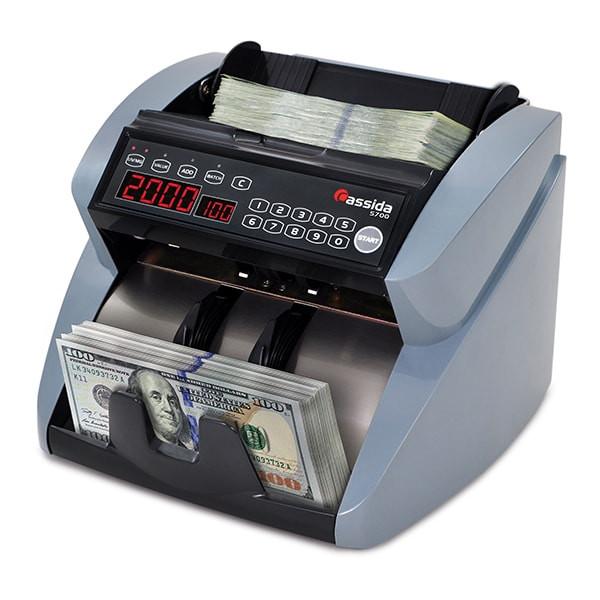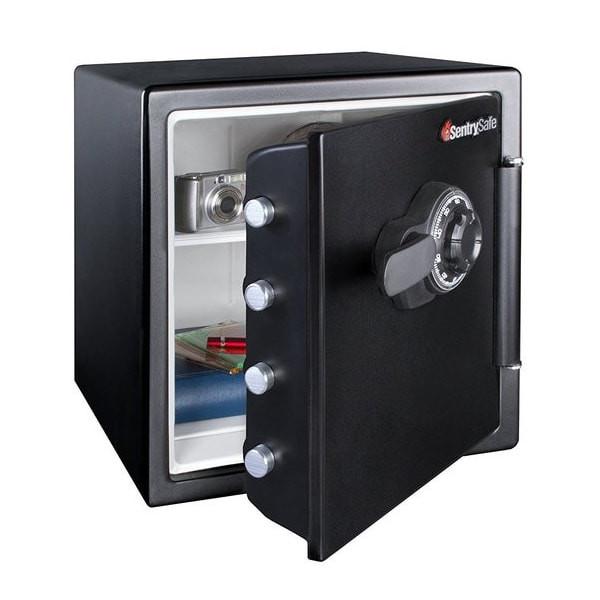The 2017 Equifax Data Breach- What Small Business Owners Need to Know

Cyber security breaches are, unfortunately, pretty common in our web-centric world: Yahoo was recently targeted, as was Target, LinkedIn and the credit card processor Heartland.
But those attacks pale in comparison to the July 2017 breach of credit monitoring agency Equifax where hackers gained access to the credit information — including social security numbers, birth dates, addresses and driver’s license numbers — of over 143 million Americans. These tidbits of information are all criminals need to steal your identity, open new accounts and even hijack your tax refunds.
You might feel powerless to protect yourself — and your small business — right now, but there are some steps you can take to keep the bad guys from doing anything with your information.
Check If You’re One of the 143 Million Affected
The number of people affected by the breach is huge, but there’s a chance your information wasn’t affected. The only tried-and-true way to check is by going to the official Equifax security breach website and clicking on the “Am I Impacted?” button on the sidebar. Make sure you’re accessing this website from a secure computer because you’ll have to put in your last name and last six digits of your social security number.
Also, be sure you’re going to the correct website: Equifax’s own customer service representatives accidentally directed clients to a phishing website before realizing their mistake.
File Your Tax Returns As Early As Possible
Identity thieves can use your information to file false tax returns and receive refunds in your name, leaving you with a huge mess to clean up and no access to the cash that’s rightfully yours. One way to keep that from happening is to file your 2017 tax returns as early as you can in 2018.
It can also be beneficial to use bill counting machines when counting cash for your returns, to prevent any counting errors.
If you discover your tax returns were filed fraudulently, you can use IRS Form 14039 to alert the IRS.
Sign Up For Free Credit Monitoring
Equifax is providing free year of TrustedID Premier credit monitoring even if your credit information wasn’t compromised. Once you check your status you’ll get an assigned date to come back and sign up for the service.
Be sure to read the terms and conditions of the TrustedID Premier service because one arbitration clause required you to waive your right to participate in any class action lawsuits that are filed as a result of the breach. They’ve since removed the clause, but it’s best to really understand what you’re agreeing to before signing up.

Freeze Your Credit
A credit freeze means you’ll have to verify every attempt to open new credit in your name, even if you’re the person applying for new accounts. This isn’t just a simple “yes” or “no” approval: You either have a complete freeze where no accounts can be opened in your name, or on a case-by-case basis by giving a bureau-issued PIN.
You’ll have to pay for this service through TransUnion and Experian, but Equifax is giving free credit freezes until November 21, 2017.
Review Your Credit Reports For Unauthorized Accounts
A credit freeze can stop any new accounts, but it won’t protect you from accounts already opened in your name.
You’re entitled to a free copy of your three credit reports each year through the AnnualCreditReport website, but you can also order additional reports through the credit bureaus.
Give each credit report a thorough review and immediately act on any questionable accounts by filing disputes with each of the bureaus. They’ll review your disputes and either remove the account or ask for additional information.
Stay Proactive
Identity thieves might not be using your information yet, but that doesn’t mean they won’t in the future. Be sure to keep a constant eye on your credit reports for any new activity and dispute anything unusual as quickly as possible to keep thieves from benefiting from your hard work — and your good name.




Leave a comment